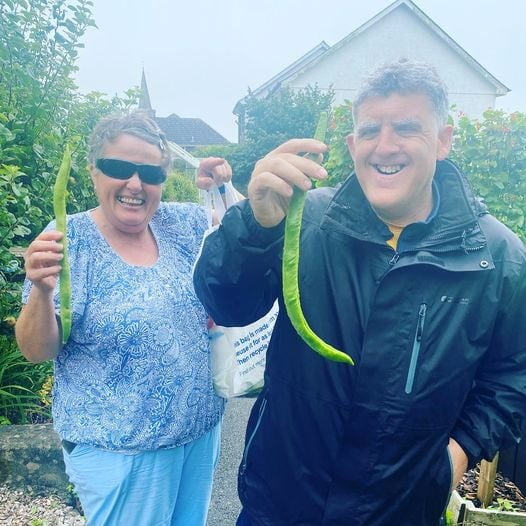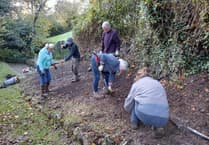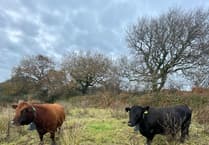Grassroots community group Friends of the Dart is working towards applying for designated bathing status at four points along the River Dart - Totnes’ Steamer Quay, Stoke Gabriel, Dittisham, and Dartmouth’s Warfleet Creek - and is currently surveying river users.
New DEFRA rules for bathing water status applications are a site needs to have a minimum of 100 people counted in the water area, on two days between May and September, during a four-hour time period. The Friends of the Dart are working with the local community, including businesses and sports clubs along the river, to log ‘water contact’ data.
Stoke Gabriel Boating Association and Totnes Kayaks have been actively helping the count. Bathing water status applies not just to swimming but also getting wet from water sports.
Ana Simons, co-manager of the Friends group, said: “Should we be successful in counting the numbers DEFRA require, South West Water will prioritise the places it focuses on to reduce combined sewage overflows (CSOs). We’re resolved to work positively and constructively with South West Water, hence why we’re complying with the existing system.”
Ana said the group’s aim is a healthy and safe river the entire length of the River Dart, not just at bathing water designated spots, Longer term, they are proposing a ‘community designated river health’ model to replace or compliment ‘bathing water status’.
She said: “We realised early on our river has areas of sensitive ecology where we don’t want to be encouraging large numbers of people or for these spots to be listed as bathing sites.
“Therefore, the four chosen locations are where there’s infrastructure already in place to access the river and a high level of human interaction with the water.”
Meanwhile, the interim results of the largest ever river user survey of the River Dart was recently presented in Totnes. The event was organised by Exeter University microbiology team, who are working with Friends of the Dart to monitor pollution levels in the river.
Ana Simons said: “Key findings of the survey showed nearly half the respondents visit the river daily or a few times a week, which shows it’s a central part of many people’s lives.”
A wide range of activities were reported including swimming, walking, and fishing.
Forty-three per cent described the water quality as poor, citing visible evidence and smell of pollution and people getting ill after swimming in the river.
A lot of survey responses came from Totnes and Dartington. Friends of the Dart wants to gather more from people upstream and downstream from Totnes – from Dartmouth to Holne.
The survey is at www.friendsofthedart.org. To help collect data contact [email protected]





Comments
This article has no comments yet. Be the first to leave a comment.